Classic Cars, Movies, Music, and Other Stuff ...
Looking at classic cars – N600, E-type, and a “Bee.” What am I talking about here? Hi classic car lovers. I’m back with another short list of cars worth remembering. If you know your cars, you’ve probably guessed it already. Checking out the cars of our lives 7.
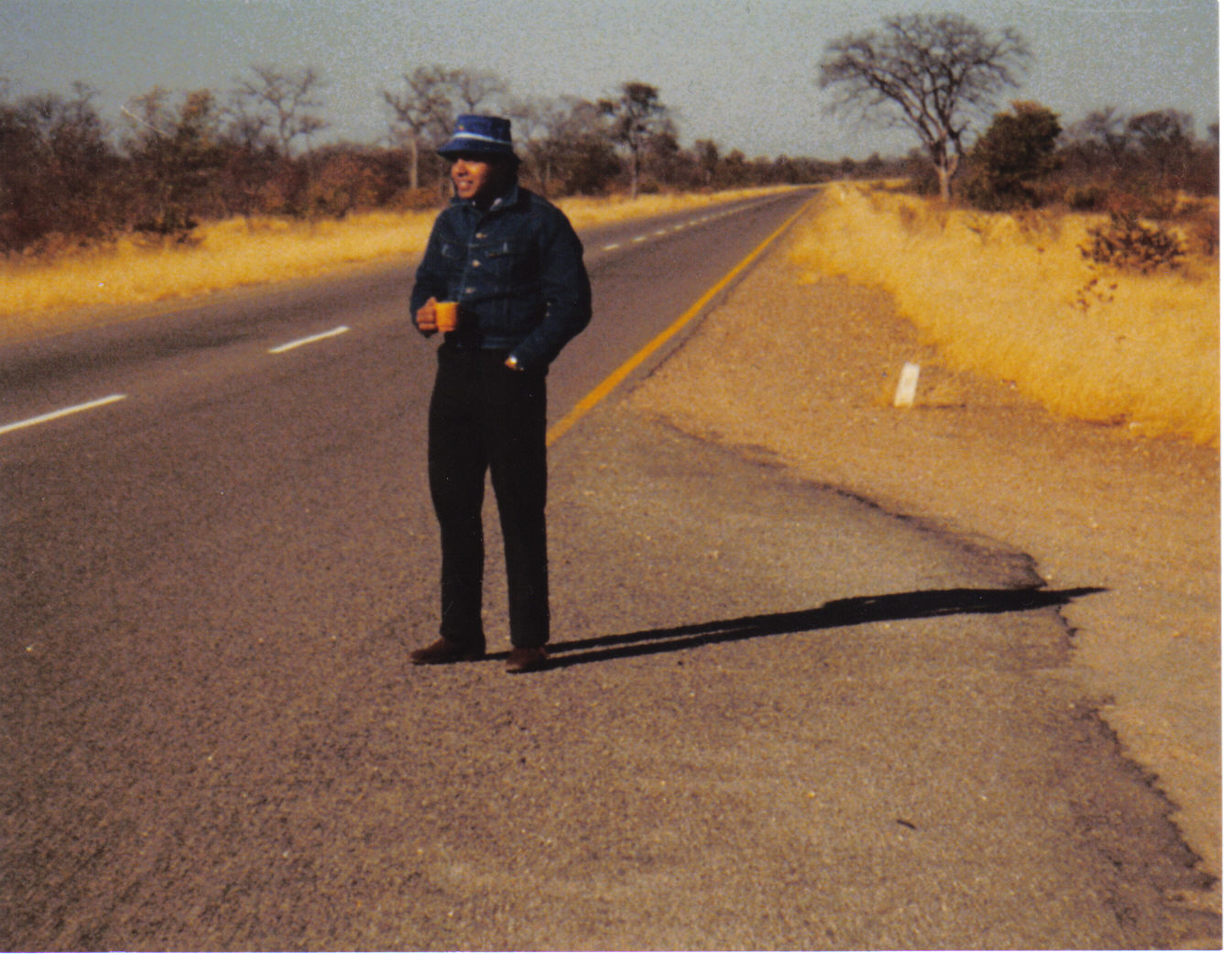
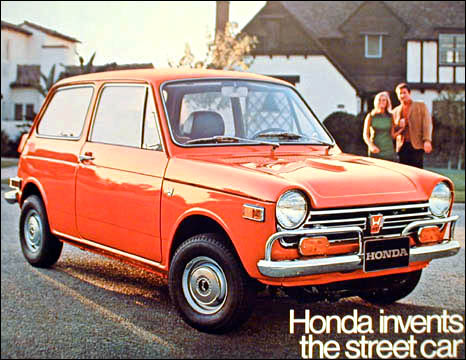
1969 Honda N600 (notice upgraded bumpers and small dome on the hood signifying a US model) / ClassicCarCatalogue.com
Honda is the perfect example of the Japanese philosophy of squeezing the maximum out of the limited resources available. Hence Japanese engines, and subsequently their vehicles, are relatively much smaller.
In fact, Japan had a whole concept of these smaller ‘Kei’ cars which met their domestic minimal guidelines. Among these was the Honda N360. We’ve already touched on the 360 cc engines in my other posts. But for Honda to export this model abroad, especially American markets, they would need to make some changes to meet US requirements. These included:
Engine size upped to 600 cc
Larger carburetor (leading to the dome on the hood)
Disc brakes in the front tires
Bigger bumpers
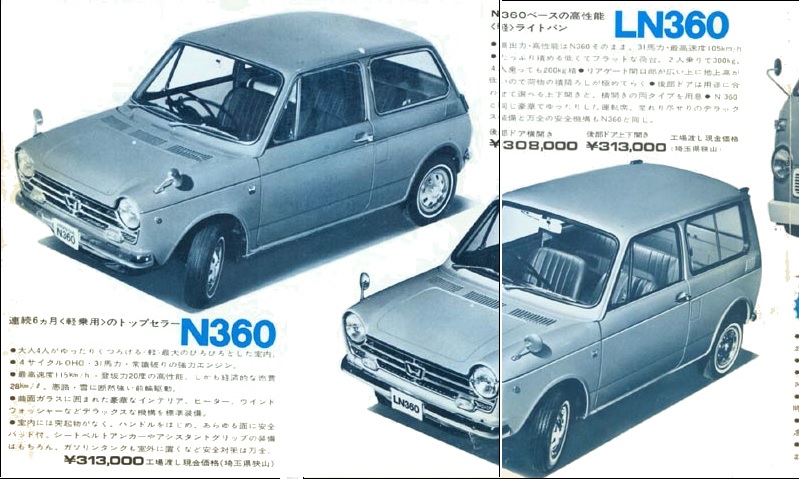
Original Japanese version of the Honda N360 and LN360 (hatchback and estate respectively) / ClassicCarCatalogue.com
“It was thought that they, being familiar with the Honda C100 Super Cub motorcycle, would be curious to upgrade to this car.”
As expected, Americans are not comfortable with its small size. But it is their first introduction to a Honda car, which is actually targeted to the younger demographic. It is thought that they, being familiar with the Honda C100 Super Cub motorcycle, would be curious to upgrade to this car. In the beginning the N600 is only sold in Honda motorcycle dealerships. Due to the preference for automatics in the US, the N600 too is also available with a “Hondamatic” option. Despite being sold only until 1972 along with its sports version (Z600), the N600 helps launch the love for Honda cars in the US.
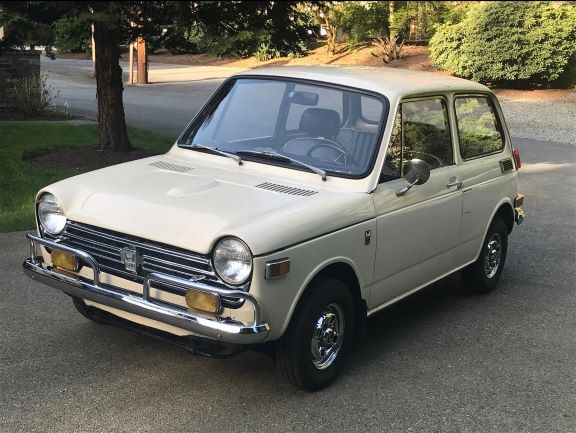
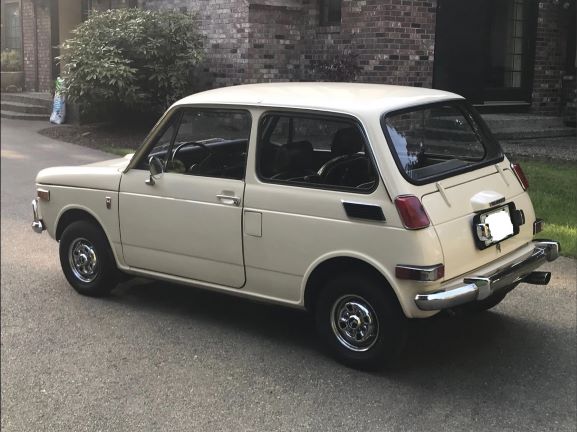
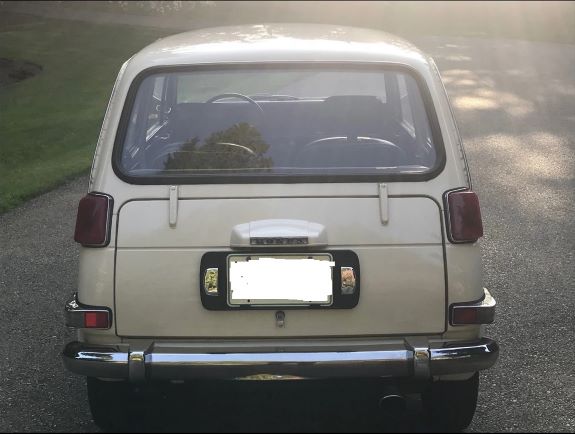
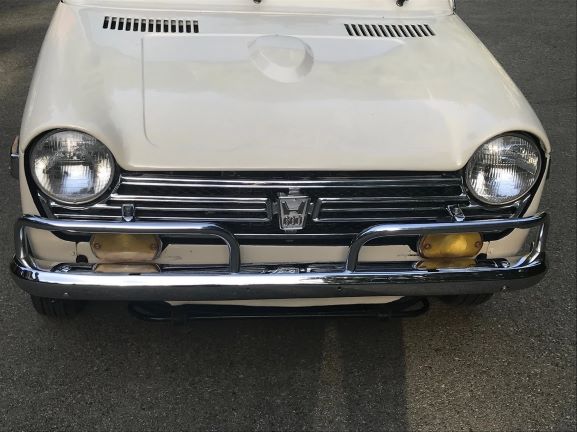
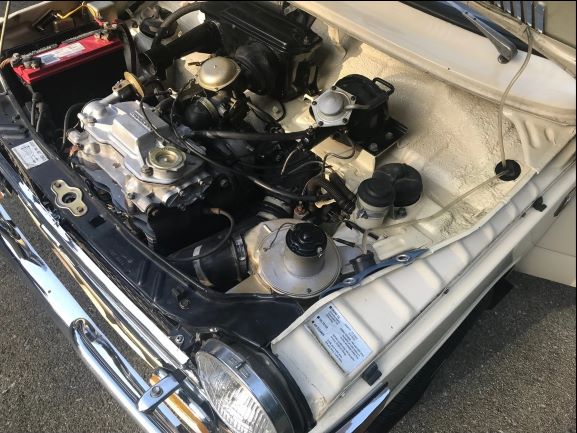
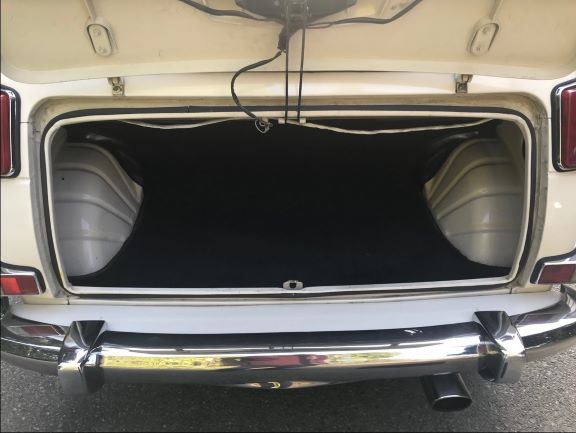
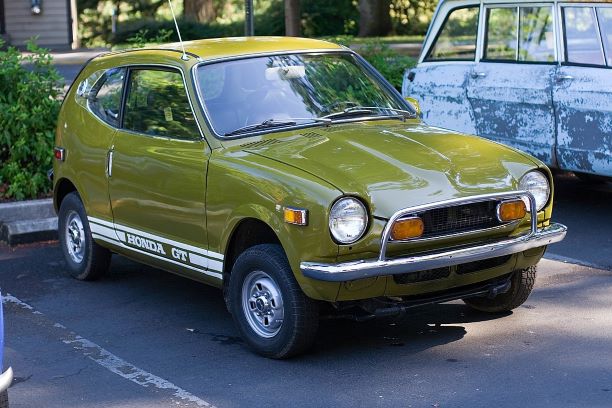
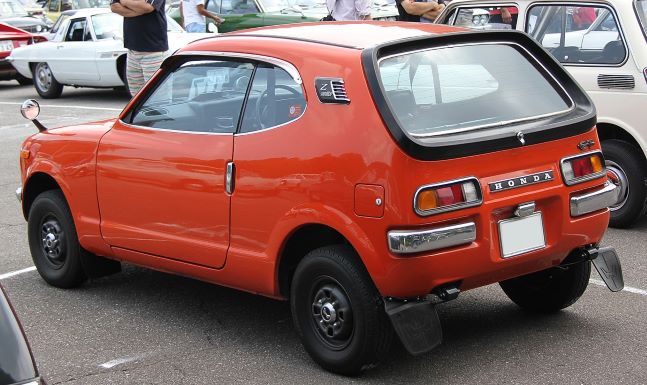
The N600 also faces tough competition in Europe, where the Japanese think it would be more welcome. Although they like smaller cars, Europeans already have many local choices available. But its light construction, good fuel consumption, and agility definitely wins them over too. Honda N600 is also the first Honda to be assembled outside Japan. There are further variants of the N600 including a mini truck which is popular in some countries.
1970s Honda N600 US AD / Old Cars in Cyprus
So the N600 with its frugal, but nifty and peppy engine, certainly paved the way for Honda’s successes in auto manufacturing and earned it a respect throughout the world. Its design is inspired by the British Mini. Very rarely have cars imitated the Mini and manage to pull off the “cuteness” factor. I would say the N600 is definitely one of the rare ones.
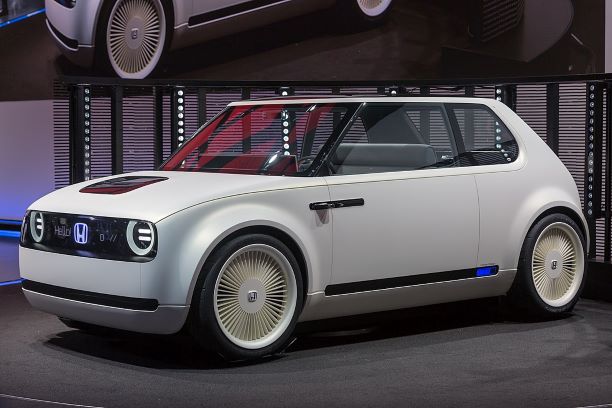
So strong is the nostalgia for the N600, that Honda’s new Electric Vehicle is slated to be inspired by the N600. Yes, the N600 is definitely the one that put Honda on par with the greatest auto manufacturers out there.
And now, for something completely different from the United Kingdom.
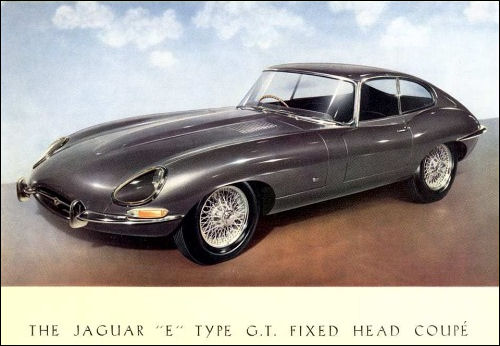
The magnificent E-type! With a stunning aerodynamic design, minimal drag coefficient, it resembles a fish capable of swimming upstream with ease. And with a host of advanced features under the hood, this was a winner from the get go. And why not? After all it was a successor to the C and D types before it which were designed to win races – specifically Le Mans. And win they did.
I am not going to dwell on the details of how advanced the predecessors were, or the E-type as that would take up an entire post. My intention is to talk aesthetics with minimal technical stuff. There’s more than enough of that written by those better qualified than me. However, what sets the E-type apart from the C and D types is that it is designed as an everyday roadster for “regular” people. That’s not to say it couldn’t be raced. The idea is to make available, technology, style, and attitude, outside of the racing environment for the “average” driver. This is not the first car to do this by all means. But, it is the first car Jaguar designs with this purpose in mind.
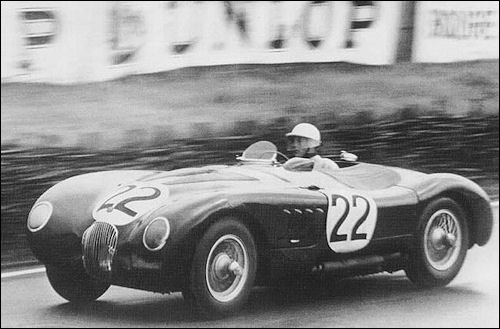

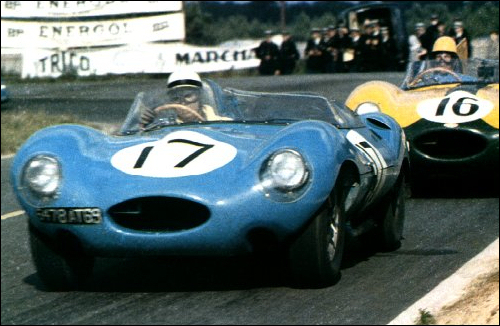
So, the E-type was the combination racing genes, updated technology, and a super sleek design resulting in a car that is timelessly beautiful. It is the standard bearer for sports cars for years to come. Some of the cars made by other manufacturers distinctly owe their design cues to the E-type. Okay why not talk a few stats about this outstanding machine.
This car incorporates all new technologies that were current at the time including rack and pinion steering, disc brakes, independent suspension, etc. It is primarily a 2-seater, with a 2+2 seating incorporated later. A V-12, 3.8 Liter engine purred under the hood. Later this was to be upped to a 4.2 Liter. The standouts for me on this car are the headlights, dual exhausts at the back, and its pout-like front end and grill. Like the Triumph Herald this car has a bonnet (have to use the English term) cover that pivots open to reveal the entire engine for easy reach. Apparently, some changes had to be incorporated for the car when it came to the US. Types 2 and 3 included bigger bumper, wider wheel arches, larger grill, and bigger radiator as earlier Type 1 one was prone to overheating.
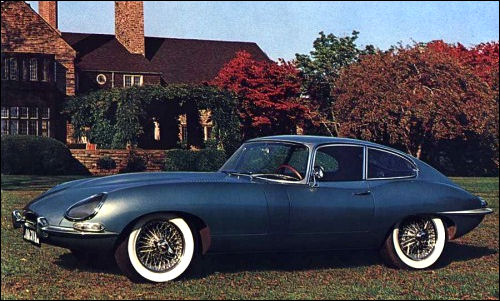

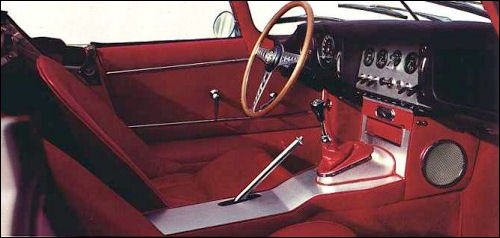
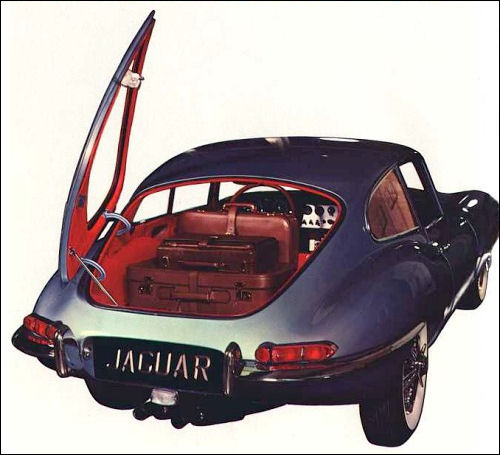
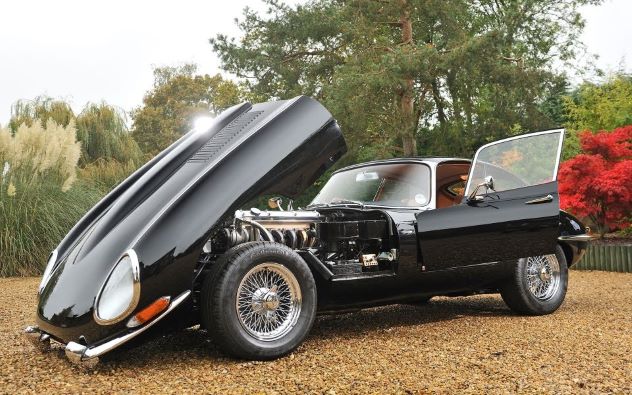
While there are differences between the earlier and later Types 2 and 3 versions, the overall look of the car remained pretty much the same. So, I’ll just let the images and video clips speak for themselves as they are “worth a thousand words.” While its successor, the F-type, is definitely more advanced in all respects, it doesn’t carry the mystique and “stir” the original E-type had created. Which confirms my earlier submission that globalization and strict regulations, have taken away the flamboyance of the past . The E-type remains among the most beautiful cars in my opinion. And Enzo Ferrari agreed when he stated that the E-type was “..the most beautiful car ever made.”
SuperCarClassics / YouTube.com
And now for my unique/quirky car of the moment. Today let’s look at the…
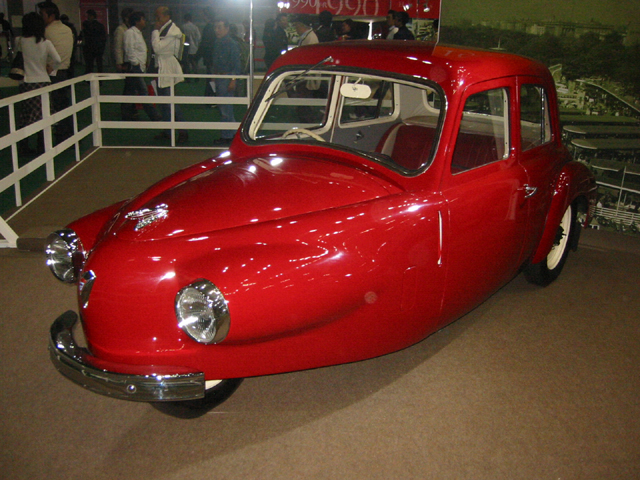
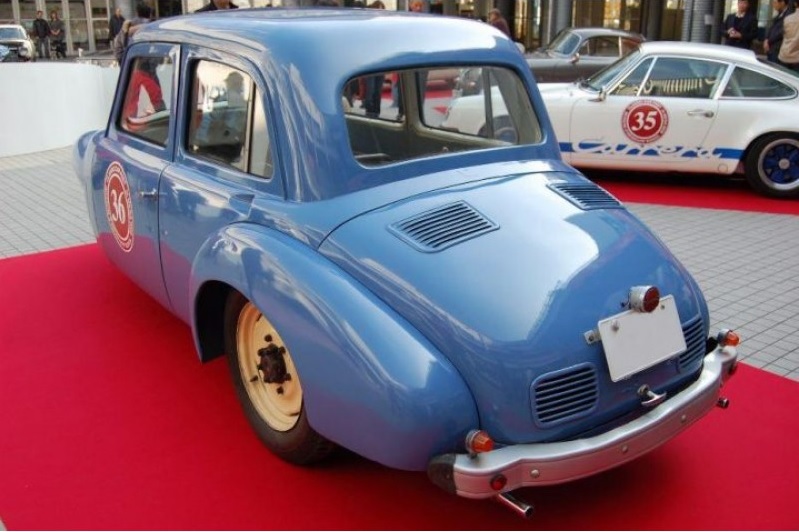
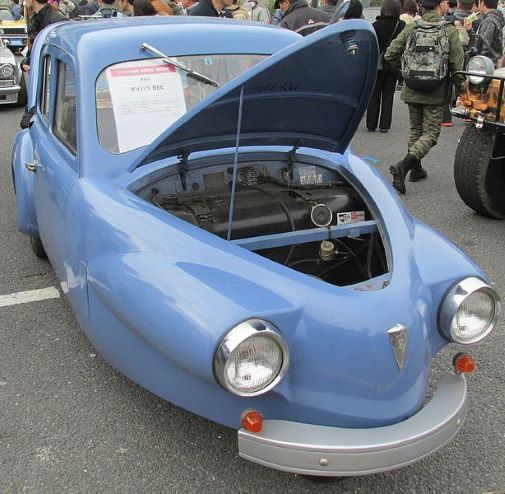
We know, the Japanese love making things on a small, frugal scale. So, economical cars is something right up their alley. One of these is a three wheeled one made in 1951 by Daihatsu. Named the “Bee”, it was the first passenger car for the public made by Daihatsu as it originally specialized in making commercial and military vehicles. The car is powered by a tiny, horizontally opposed, rear-mounted 540 cc engine. Its body is constructed of fiberglass and is only large enough for two doors.
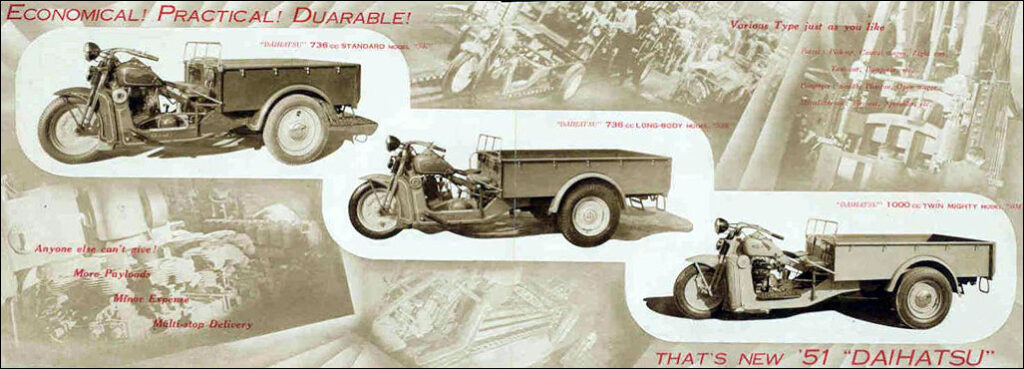
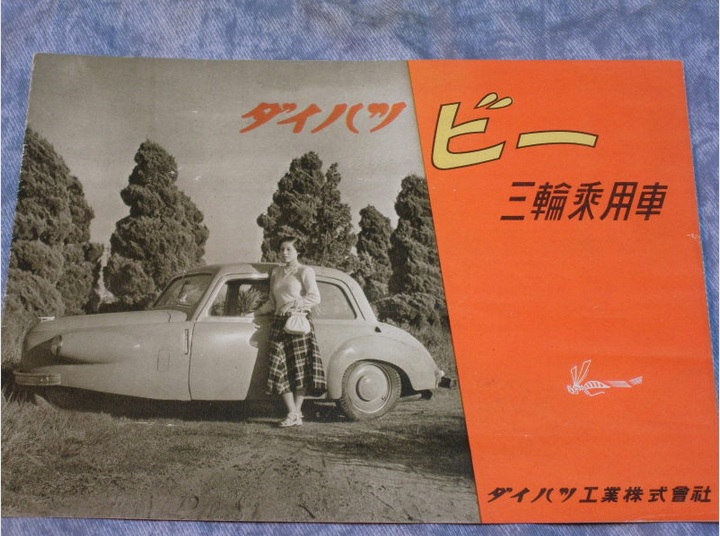
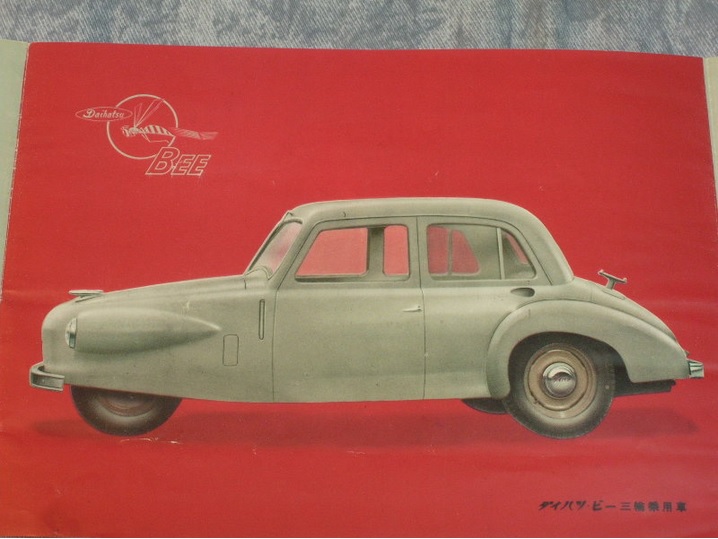
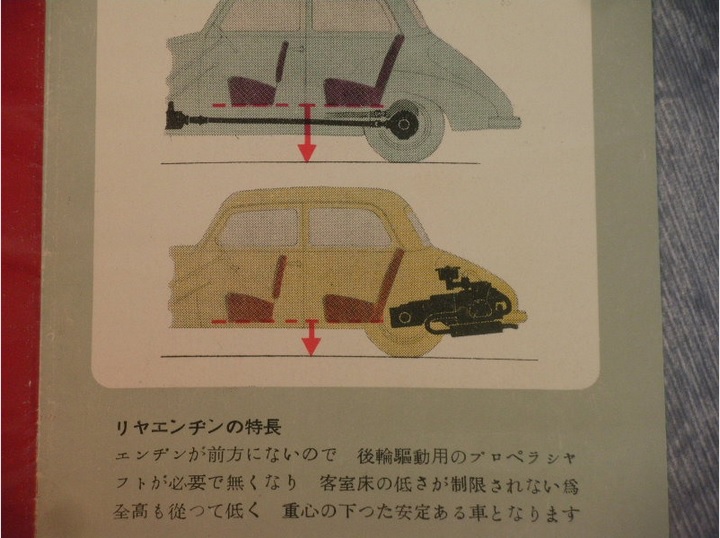
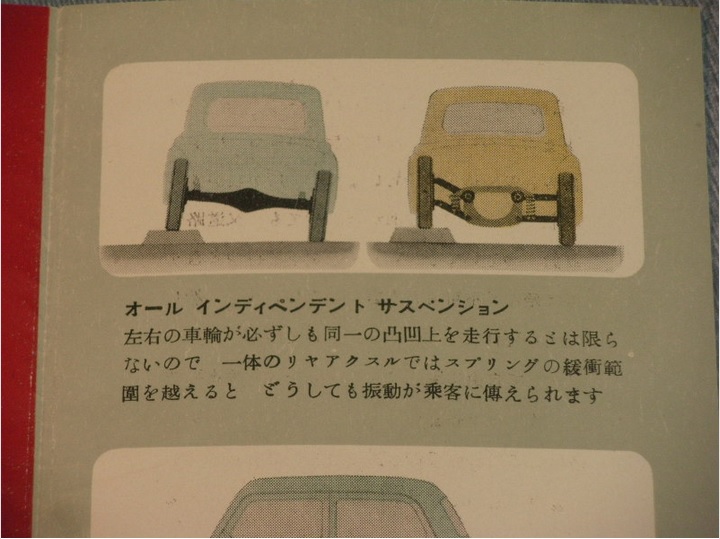
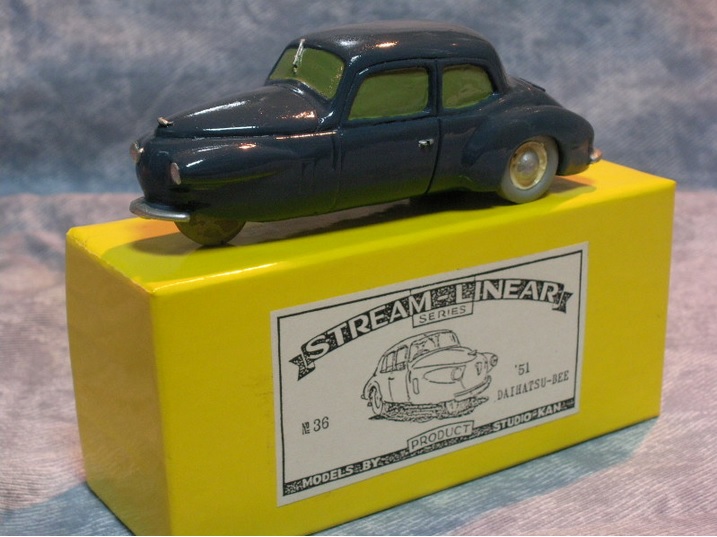
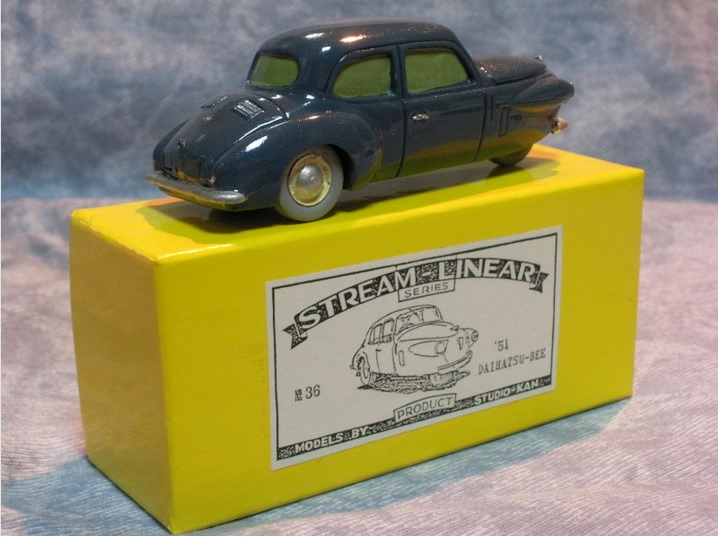
The design is based on Daihatsu’s three wheeled delivery trucks. Unfortunately, it failed to sell widely and was relegated primarily to taxis. As per research, only around 300 units were and production was stopped in 1952, as it was cost-prohibitive. They’ve come back with a new model Daihatsu “Bee” in Japan – but that is a completely different beast altogether.
石和温泉郷クラシックカーフェスティバル 2011 DAIHATSU Bee / YouTube.com
And this was our somewhat fittingly brief talk about a car which is our unique and quirky car of the moment. Now that you’ve been introduced, you can proudly rattle off information about the “Bee” should you recognize it from a distance as your friends look on in amazement!
I’ll be back with another interesting mix next time. I welcome your comments, critique, and suggestions.
Until then, remember to slow down ever slightly while approaching an intersection as that is where there is every likelihood of anything unusual happening. And, if you are at a relatively slow speed, you’ll be able to avoid it.
Car on “The Invaders”, A French Classic, BMW Z1
Checking Out The Cars of Our Lives 5
Remembering the Triumph Herald, and Other Cars
Thaps On The Cars of Our Lives